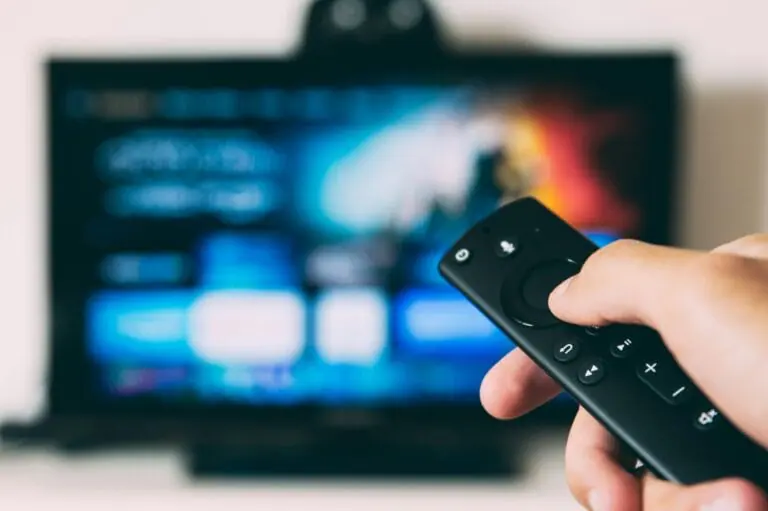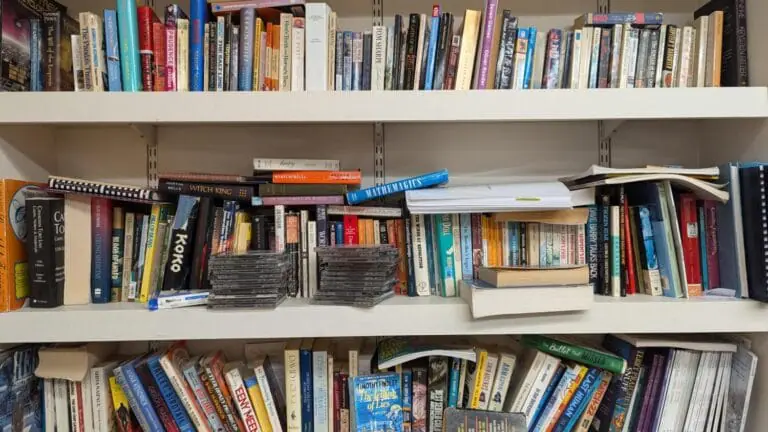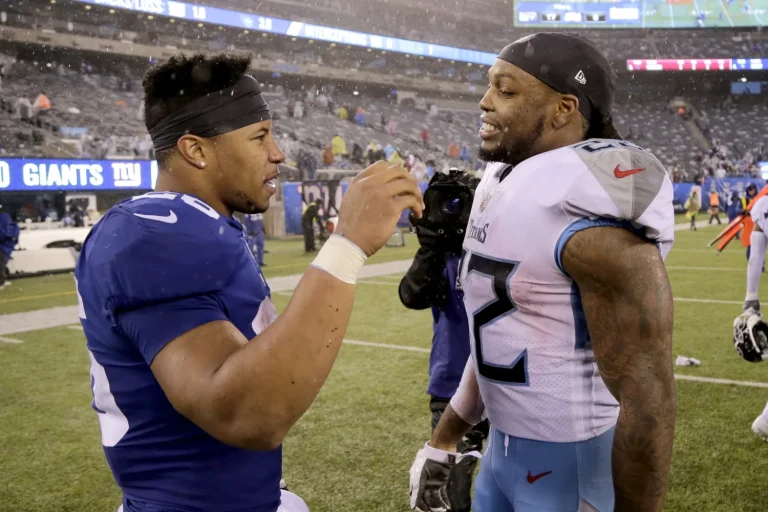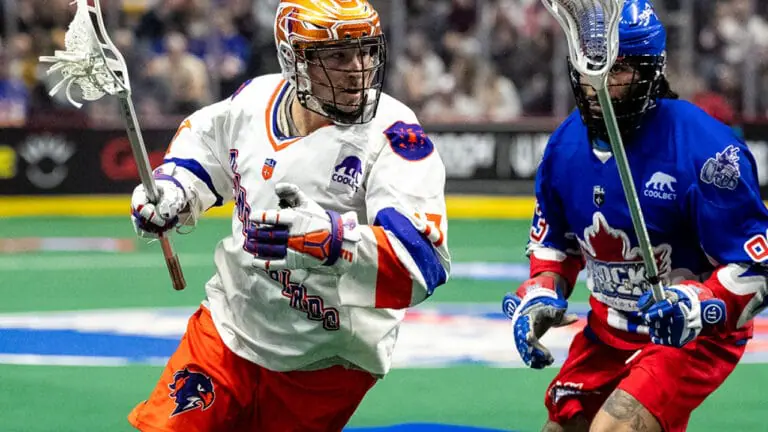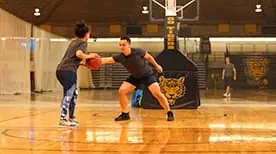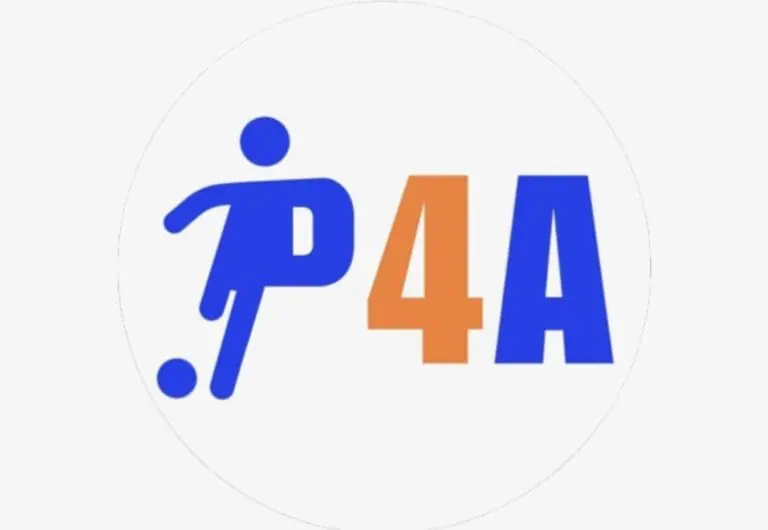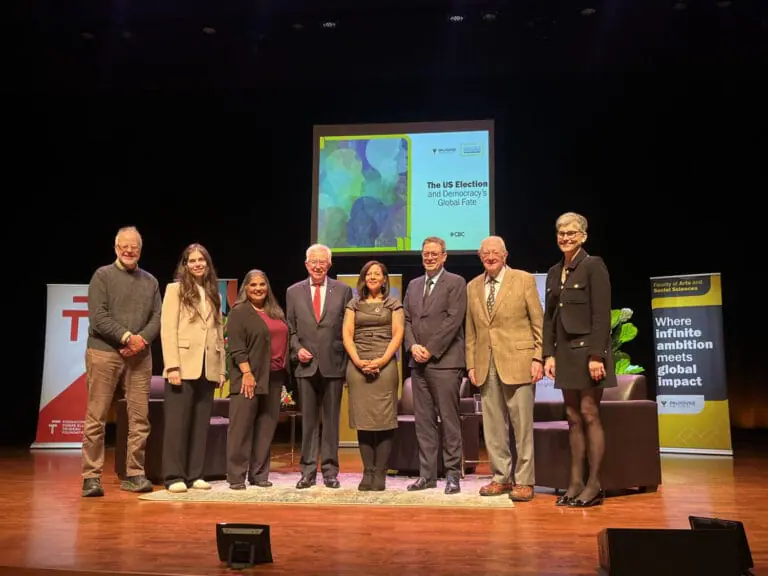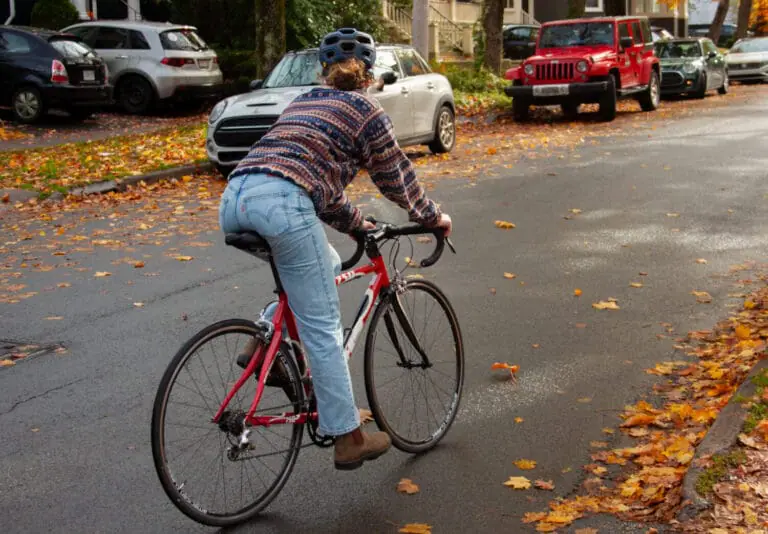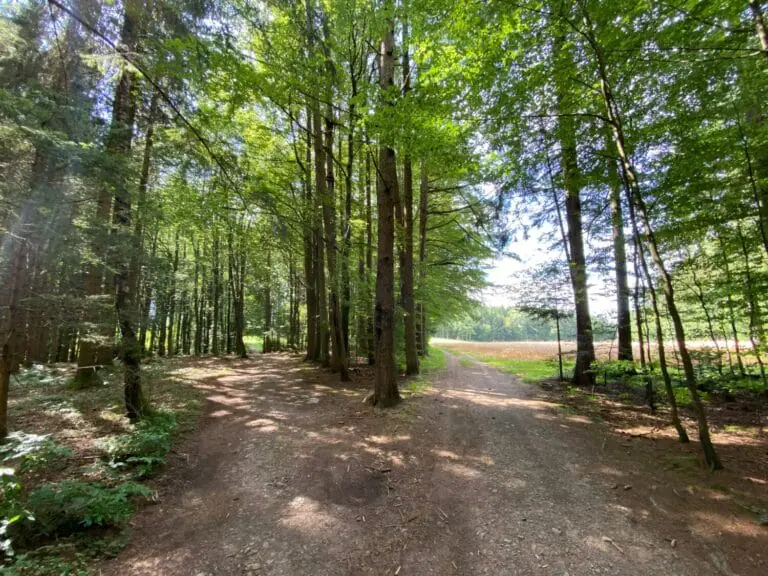Christmas movies are synonymous with comfort and nostalgia, especially during the holiday season. But some of the most celebrated films lean so heavily on overused tropes they begin to feel like a rerun of the same festive script. While they remain wildly popular, their reliance on predictable plots and archetypal characters is hard to ignore. Here are three beloved Christmas films that, for all their charm, are just a little too clichéd.
1. Love Actually (2003)
The movie that tries to do it all… and ends up doing none of it authentically.
For many, Love Actually is the quintessential Christmas movie. Its ensemble cast, intertwined love stories and holiday cheer have cemented its place in festive pop culture. Yet, beneath its glittering surface, this film is a goldmine of clichés. The movie relies on grand romantic gestures, like Andrew Lincoln’s cue-card confession, which feels more awkward than heartfelt upon closer examination. Similarly, the prime minister (Hugh Grant) falling for his assistant (Martine McCutcheon) based on fleeting encounters is pure fairy-tale fluff. These moments might feel warm and fuzzy, but they lack any meaningful emotional depth.
The film also glorifies superficial connections. Jamie’s (Colin Firth) proposal to a woman he barely knows is absurdly romanticized, while other storylines skim over the complexities of real relationships. The overarching theme that “love conquers all” is wrapped in holiday packaging but rings hollow when the love itself feels rushed and shallow.
What’s more, the sprawling plot robs most of the characters, turning them into vehicles for festive tropes rather than fully realized individuals. Love Actually is a chaotic carousel of clichés rather than a cohesive celebration of love or Christmas spirit.
2. The Polar Express (2004)
A visual spectacle weighed down by tired holiday tropes.
The Polar Express dazzles visually, but its story is a well-trodden path that offers little originality. The movie hinges on the importance of believing in Christmas magic — a theme that has been recycled countless times.
The protagonist’s journey from skepticism to belief is entirely predictable. He starts as a doubter, only to be transformed by an enchanted train ride to the North Pole. Along the way he encounters the classic wise mentor figure, a magical North Pole and a group of wide-eyed companions designed to reinforce the protagonist’s arc.
The North Pole itself is straight out of a holiday postcard, with cheery elves and a jolly Santa Claus who’s larger than life. While the visuals are stunning, the story relies on tired tropes and predictable character arcs, making The Polar Express feel more like a spectacle than a meaningful movie.
3. A Christmas Prince (2017)
The ultimate hallmark-style cheese fest, repackaged for Netflix.
Netflix’s A Christmas Prince became an instant holiday hit, but it’s the epitome of formulaic storytelling. The movie follows Amber, an aspiring journalist who travels to a fictional European kingdom to write about a brooding prince, only to fall in love with him. It’s a mashup of every fairy-tale and Christmas movie trope imaginable.
Amber is the classic relatable everywoman who bumbles her way into royal life, while the prince is a stereotypical romantic lead with a hidden heart of gold. Their romance unfolds against a backdrop of magical castles, festive snowfalls and obligatory ice-skating scenes. Add a scheming villain and a last-minute Christmas miracle and you have a story so predictable it feels like it was created by an algorithm.
Despite its popularity, A Christmas Prince is less of a movie than a checklist of holiday clichés. Like most Netflix hallmark movies, it’s a guilty pleasure for some but ultimately offers little in terms of originality or substance.
Why do these movies still work?
For all their flaws, these films continue to resonate because they deliver exactly what audiences crave during the holidays: comfort, familiarity and nostalgia. Their predictability often becomes their selling point. In a season rooted in tradition, there’s something reassuring about knowing exactly how the story will unfold.
However, for viewers seeking something fresh, these movies can feel like a slog through recycled ideas. While they’re undeniably charming in small doses, they highlight the need for more creativity in holiday storytelling. Perhaps it’s time for the next generation of Christmas classics to break free from these well-worn tropes and deliver something truly magical.

